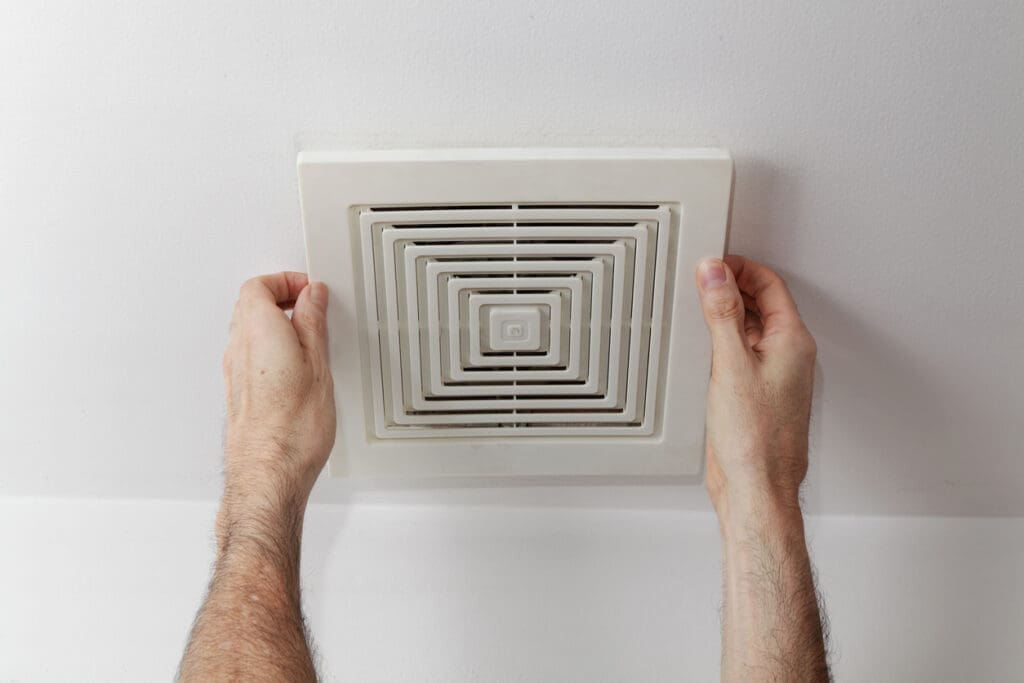
Learning how to vent bathroom plumbing is critical to any plumbing system, yet homeowners and even some contractors often need to pay more attention to it! In this Goodbee Plumbing expert insight guide, we will delve into the importance of learning how to vent bathroom plumbing, its key components, and step-by-step instructions on how to vent bathroom plumbing effectively. Whether you’re a seasoned DIY enthusiast or a homeowner just starting your plumbing journey, we are here to help. Keep reading to learn more!
The Significance of Bathroom Plumbing Venting
Venting bathroom plumbing is essential for several reasons, including the following.
Preventing Trap Siphoning
Traps that are U-shaped bends in your drainpipes that hold water and prevent sewer gas from entering your home. Without proper venting, when water flows into the drain, it can create a vacuum that siphons water from traps and allows sewer gasses to infiltrate your living spaces.
Maintaining Proper Drainage
Venting ensures water drains quickly and efficiently from fixtures like the sink, bathtubs, showers, and toilets. You may experience slow drains, gurgling sounds, and backups without proper venting.
Avoiding Pressure Imbalances
Venting helps maintain balanced air pressure within the plumbing system. With it, you could avoid issues like water hammer, where rapid water flow creates pressure surges that can damage pipes and fixtures.
Compliance with Building Codes
Most local building codes mandate proper plumbing venting for safety and sanitation. Failure to comply with these codes can result in fines and complications during property inspections.
Critical Components of Bathroom Plumbing Venting
To understand how to vent bathroom plumbing effectively, it’s critical to familiarize yourself with the key components involved.
Vent Pipes
Vent pipes are vertical pipes that extend from the drainage system to the roof or an exterior wall. These pipes allow fresh air to enter the system, which prevents negative pressure and ensures smooth drainage.
Drainage Pipes
These pipes transport wastewater away from fixtures and into the main sewer or septic system. Drainage pipes must be appropriately sloped for efficient water flow.
Traps
Traps are essential components that hold water to create a barrier against sewer gases. Each fixture in your bathroom, such as your sinks, showers, and toilets, has its traps.
Vent Stack
This large vertical pipe connects to the main drainage stack and extends through the roof. Vent stacks provide a direct path for venting gasses and allow air into the system.
Branch Vents
Branch vents connect individual fixtures to the main vent stack, allowing air to enter and preventing trap siphoning.
Step-by-Step Guide to Venting Bathroom Plumbing
Now that we’ve covered the importance of how to vent bathroom plumbing, we can explore the steps to ensure your bathroom is effectively vented.
Plan the Layout
Before you begin, create a plumbing plan that outlines the placement of fixtures, drain pipes, and vent pipes. This plan must comply with local building codes, so it’s best to work with a professional like the team at Goodbee Plumbing to prevent more significant issues in the future.
Identify the Main Vent Stack
Locate the main vent stack, which is typically a large vertical pipe that runs from the basement or crawl space to the roof. This pipe is connected to all branch vents and serves as the primary venting pathway for the entire plumbing system.
Install Vent Pipes
For each bathroom fixture, install vent pipes that connect to the main vent stack or branch vent. These vent pipes should slope upwards and connect above the fixture’s trap. It’s crucial to ensure that they are at least the same diameter as the drainpipes they serve.
Connect to Existing Vents
If your bathroom is part of a more extensive plumbing system, you can connect new vent pipes to existing vent stacks or branch vents. This can simplify the installation process and save time and materials.
Vent Through the Roof
Vent pipes must extend through the roof or an exterior wall to allow air to enter the plumbing system and prevent pressure imbalances. Use the appropriate roof flashing or wall penetration techniques to ensure a watertight seal.
Maintain Proper Slope
All drainpipes, including vent pipes, should maintain a slight downward slope toward the main drainage stack or sewer line. This ensures that wastewater flows efficiently and does not accumulate in the pipes.
Install Vent Caps
Vent pipes should be equipped with vent caps or rain collars to prevent debris and water from entering the pipes. These caps also help protect against the intrusion of pests like birds and rodents.
Test the System
Once you have installed the venting system, testing it for leaks and proper drainage is crucial. Fill fixtures with water and check for any signs of slow drainage or gurgling sounds. Inspect the vent pipes for leaks or obstructions.
Consult a Professional
If you are unsure about any aspect of bathroom plumbing venting or encounter a complex issue, call Goodbee Plumbing. Our team has the expertise and experience to ensure that your plumbing system functions correctly and complies with local codes.
Learn how to Vent Bathroom Plumbing with Goodbee Plumbing
Understanding how to vent bathroom plumbing properly is essential to maintaining a healthy and efficient plumbing system. It prevents trap siphoning, ensures proper drainage, and maintains balanced air pressure within the system. Understanding the critical components and following the steps outlined in our expert insights guide will help ensure you know how to vent bathroom plumbing effectively.
If you ever have doubts or encounter challenges during the installation process, don’t hesitate to seek the expertise of the team at Goodbee Plumbing. Our team prides itself on efficient and effective expert work, so contact us today! By taking the time to vent your bathroom plumbing correctly, you’ll enjoy trouble-free plumbing and peace of mind in your home.
To learn more DIY tips and tricks for your home’s plumbing, from how to stop bugs from coming up the drain to the best drano alternatives, how to repair and troubleshoot your kitchen garbage disposal, and more, check out our blog!
